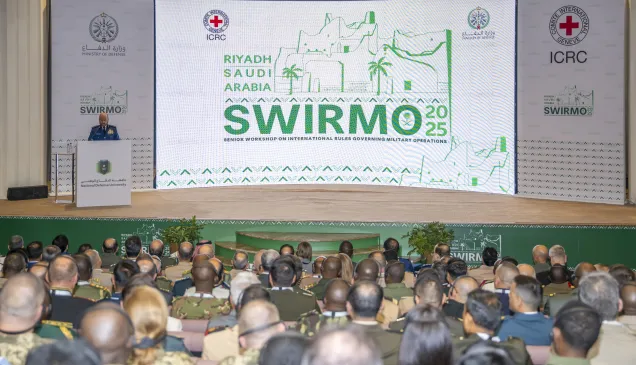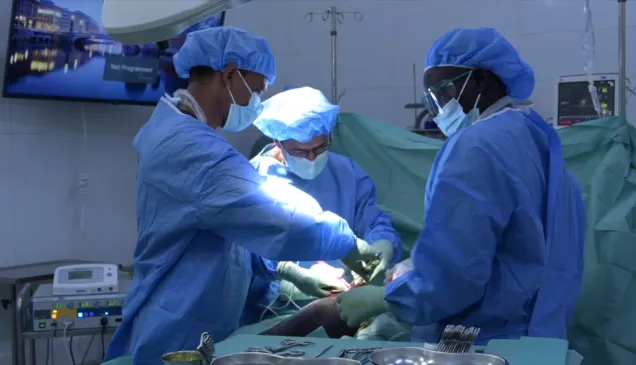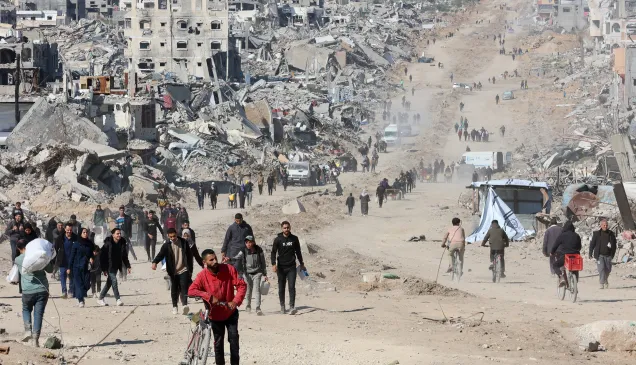IHL resources for media professionals
By knowing and referencing IHL, journalists not only enhance their reporting and foster better safety for themselves on the ground, but they also promote a better understanding of armed conflict situations, humanitarian crises, and the work done by the ICRC and other humanitarian organizations.
Handouts
- Main branches of law relevant for situations of violence
- The main sources of international humanitarian law (treaty and customary law)
- Characteristics of armed conflicts and other situations of violence
- Reporting on armed conflicts and other situations of violence
- Reporting on armed conflicts. Who is protected by IHL?
- Reporting on armed conflicts: IHL rules on the conduct of hostilities
- How does IHL protect journalists?
- How does IHL protect detained journalists
- Key elements of international crimes
- Who may be found responsible for international crimes?
- International crimes: Judicial and non-judicial methods
IHL Glossary
- IHL glossary: lists all of the key terms used when discussing international humanitarian law and how it impacts media professionals.



